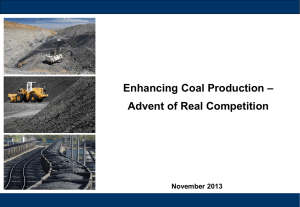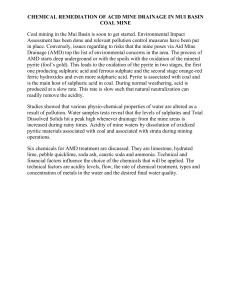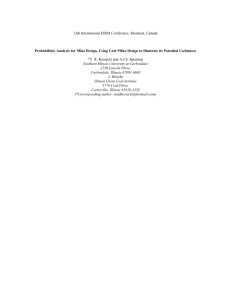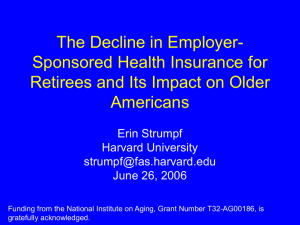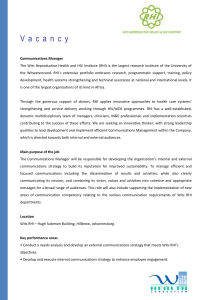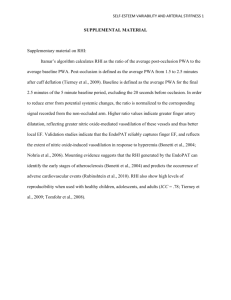2014 Coal Mine Medical Simulation Event.
advertisement
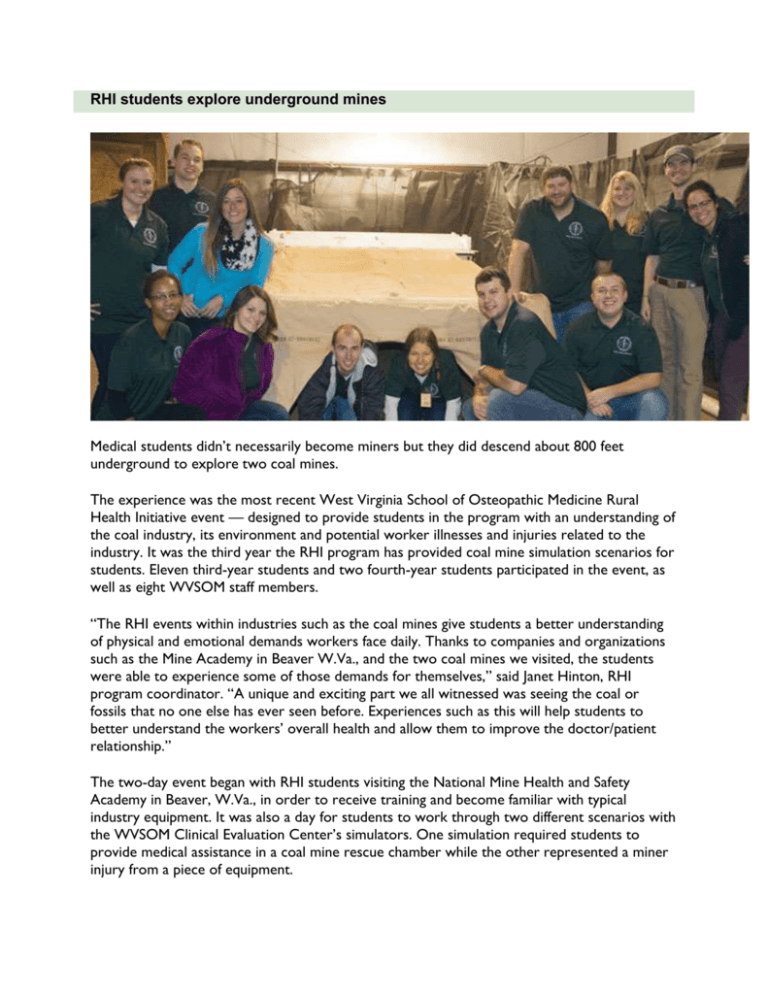
RHI students explore underground mines Medical students didn’t necessarily become miners but they did descend about 800 feet underground to explore two coal mines. The experience was the most recent West Virginia School of Osteopathic Medicine Rural Health Initiative event — designed to provide students in the program with an understanding of the coal industry, its environment and potential worker illnesses and injuries related to the industry. It was the third year the RHI program has provided coal mine simulation scenarios for students. Eleven third-year students and two fourth-year students participated in the event, as well as eight WVSOM staff members. “The RHI events within industries such as the coal mines give students a better understanding of physical and emotional demands workers face daily. Thanks to companies and organizations such as the Mine Academy in Beaver W.Va., and the two coal mines we visited, the students were able to experience some of those demands for themselves,” said Janet Hinton, RHI program coordinator. “A unique and exciting part we all witnessed was seeing the coal or fossils that no one else has ever seen before. Experiences such as this will help students to better understand the workers’ overall health and allow them to improve the doctor/patient relationship.” The two-day event began with RHI students visiting the National Mine Health and Safety Academy in Beaver, W.Va., in order to receive training and become familiar with typical industry equipment. It was also a day for students to work through two different scenarios with the WVSOM Clinical Evaluation Center’s simulators. One simulation required students to provide medical assistance in a coal mine rescue chamber while the other represented a miner injury from a piece of equipment. A small, smoke-filled rescue area, low visibility and a breathing apparatus that made it difficult to communicate were all factors RHI students had to overcome in the scenarios. Steven Halm, D.O., FAAP, FACP, Clinical Evaluation Center medical director, said that the coal mine medical simulation exposure provided students with an experience that carries out WVSOM’s mission of serving the West Virginia population by becoming familiar with the unique needs of rural state workers. “The most beneficial parts of the medical simulation exercise were learning to work as a team and utilizing each member’s skills to bring together the best possible care for their patient — better teamwork results in better patient outcomes,” Halm said. “Our students didn’t read about it in a book, but clearly experienced it in the simulation exercises.” The second day students strapped on their boots and hard helmets to observe miners in their element — Arch Beckley Coal Mine in Eccles and Speed Mine near Cabin Creek outside of Charleston. In the depths of darkness, students spent about three hours watching a roof bolter stand with his arms above his head to support the roof. Students also observed a continuous miner, which is a machine that cuts and loads coal in one continuous operation, scrape the floor of the mine. “As the elevator descended 800 vertical feet into the mine below, I knew I was in for an incredible experience,” recalled Ryan Quinn, a fourth-year WVSOM RHI student. “Leaning forward not to hit my head on the roof above, myself and a group of RHI students saw roof bolting, continuous miners in action and belts carrying coal out of the mine to the surface. When we surfaced, I had an incredible appreciation for the hard work and occupational dangers experienced by coal miners in an industry that’s been vital to West Virginia.” Other students agreed that the visit was one of the best experiences they’ve had as a medical student. “As future physicians, it gave us tremendous insight into various injuries and health issues we will be treating. I have a newfound respect for all the men and women who work there every day,” said Cassidy Smith, a third-year RHI student. These events are designed to encourage students to practice medicine in rural areas — something that has been a 40-plus-year mission of the West Virginia School of Osteopathic Medicine and something that students like Quinn said they are now inspired to do. “I want to stay in West Virginia and practice in a rural community,” he said. “It’s through these tremendous experiences afforded to me by the Rural Health Initiative that I’m able to build rapport as a provider by giving patients a sense of understanding that can’t be had without seeing their work first hand. Without RHI, my care would be sufficient but not connected. I want patients to know I understand them as well as their injuries.” Chip Clay, MSHA training instructor, said that sharing industry knowledge with medical students is rewarding. “Hopefully the experience they had here will assist them as they help others,” he said. “You can tell their hearts and minds are in the right place.”
